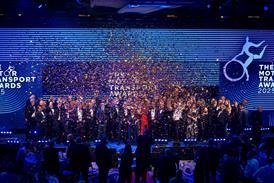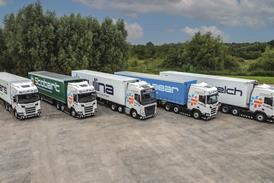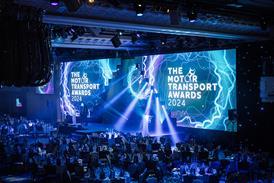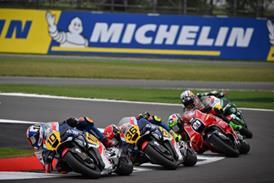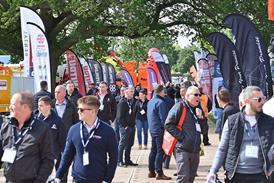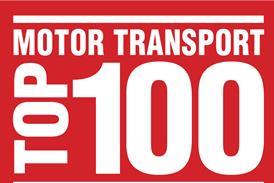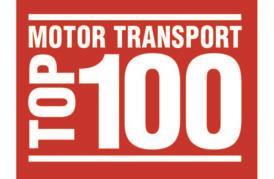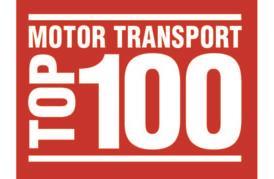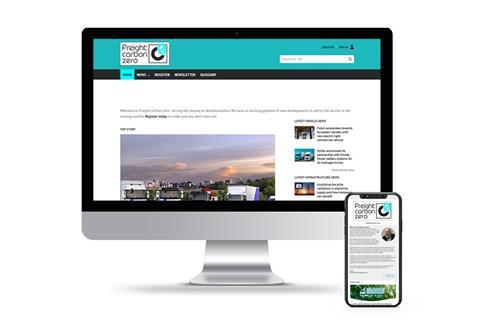Wallsend hydrogen fuel project seeks government backing

Up to 80 hydrogen trucks could be on the roads around Wallsend in the next five years if a bid for government funding submitted by French-owned hydrogen producer Lhyfe gets the go ahead.
This article is for registered users only
Register for free today to read this article. Already registered? SIGN IN now
Want to read more?
Register now for free to access the full article.
Let us help you reach your carbon zero targets, sign up today and unlock:
- Unlimited access to breaking news, commentary and analysis around the decarbonisation of the road freight and commercial vehicle sector
- Continued access to the Freight Carbon Zero weekly newsletter, sent directly to your inbox

